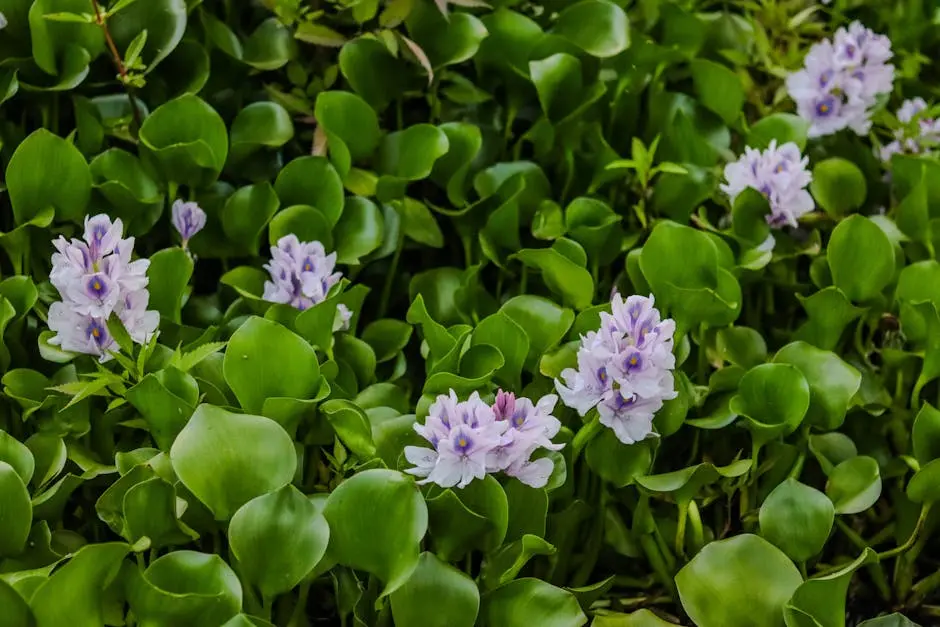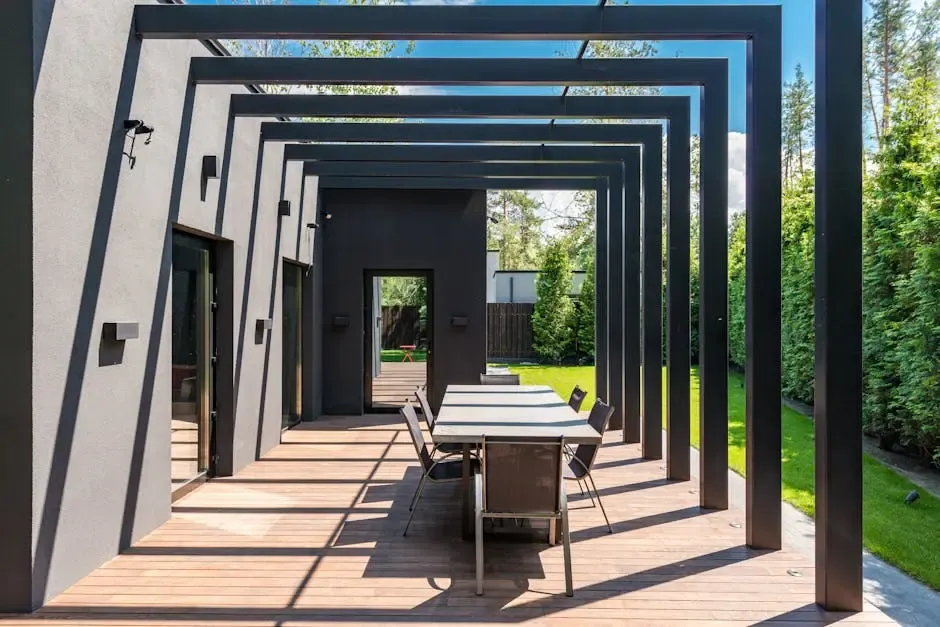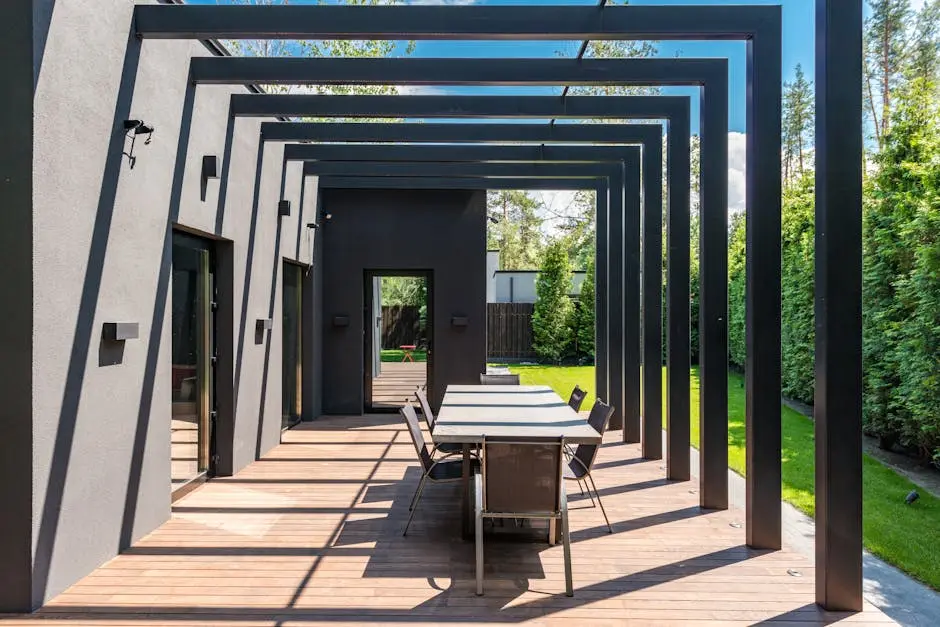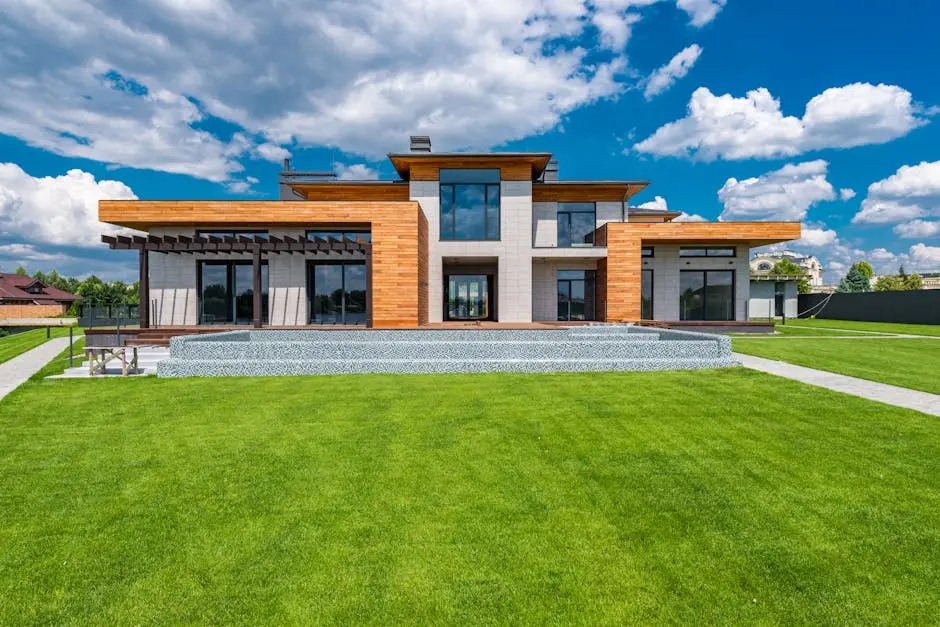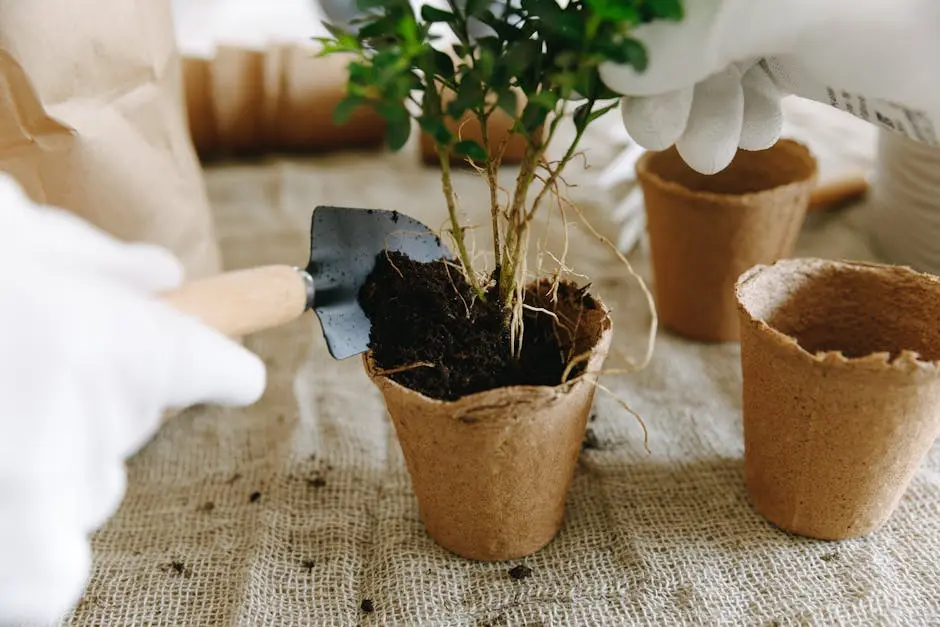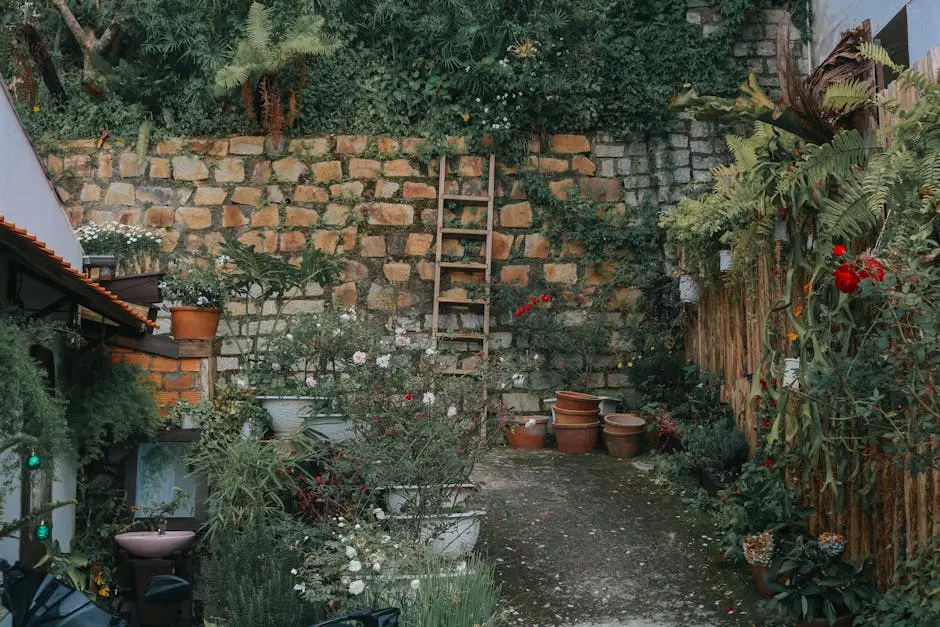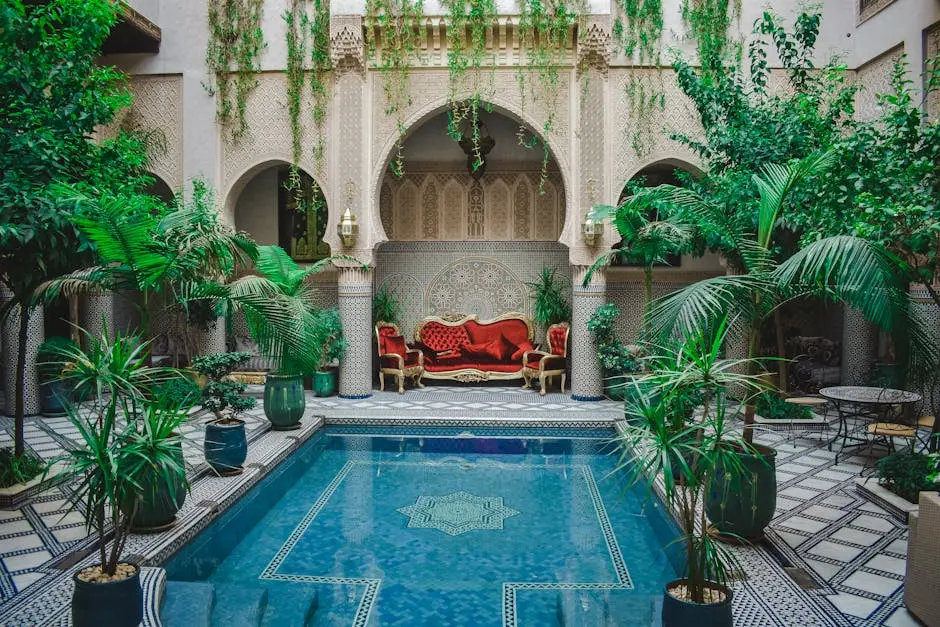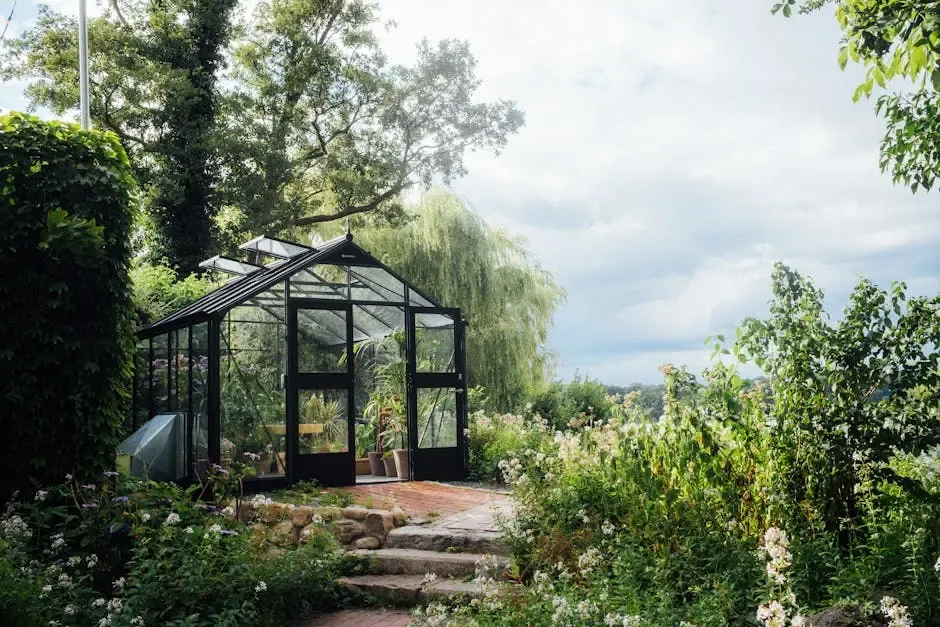Transform Your Outdoor Space with Expert Sage Landscaping Techniques
Are you looking to revitalize your outdoor space? Whether you’re dreaming of a serene garden retreat or a vibrant entertaining area, expert landscaping techniques can make all the difference. In this blog, we’ll explore how to transform your outdoor space using sage landscaping methods that are both practical and beautiful.
Understanding Sage Landscaping Principles
Before diving into specific techniques, it’s essential to understand the principles that underpin sage landscaping. This method focuses on sustainability, functionality, and aesthetics, ensuring your outdoor space is both beautiful and beneficial to the environment.
Sustainable landscaping emphasizes using plants that are native to your area. By choosing these flora, you’re not only creating a visually pleasing space but also supporting local wildlife and conserving water. The plants thrive in their natural habitat, requiring less care and maintenance, which aligns perfectly with the philosophy of sage landscaping.
Additionally, sage landscaping encourages designing with intention. This means considering how you want to use your outdoor area. For instance, do you envision peaceful mornings with coffee in hand, or lively evenings with friends? Understanding these desires helps shape a landscape that is highly functional and truly yours.
Key Elements of a Sage Landscape
Incorporating key elements such as native plants, water features, and organic materials can create a cohesive and inviting outdoor area. Let’s break down these elements and how they contribute to the overall design.
Native plants are the backbone of sage landscaping. They not only require less water and maintenance but also support local pollinators like bees and butterflies. Imagine walking through your garden, surrounded by vibrant colors and the hum of life—this is the magic that native plants bring to your space.
Water features, whether a small pond, fountain, or dripping waterfall, can add a serene element to your landscape. The gentle sound of trickling water creates a peaceful atmosphere, enhancing relaxation. Furthermore, they attract diverse wildlife, turning your yard into a thriving ecosystem.
Lastly, consider integrating organic materials. Stone pathways, wooden benches, or even rustic fences add character and warmth to your landscape. These elements not only serve as practical features but also immerse you deeper into the natural environment, making your outdoor space feel truly alive.
Designing for Your Lifestyle
Your outdoor space should reflect your lifestyle and needs. We’ll discuss how to design areas for relaxation, entertainment, or even growing your own food, making your garden truly personal.
Think about how you plan to use your space. Are you someone who enjoys hosting barbecues? Or perhaps you prefer quiet moments spent reading under a tree? By identifying your top priorities, you can design areas specifically tailored to those activities.
For relaxation, consider adding comfortable seating areas surrounded by fragrant plants. This could be a cozy nook filled with cushions or a lush corner where you can unwind. For entertainment, think about a patio or deck that can accommodate gatherings with family and friends, graced with ambient lighting and greenery.
If gardening is your passion, plot out a section for growing vegetables and herbs. Raised beds not only make gardening easier, but they can also be integrated design-wise into the rest of your landscape, making it multifunctional and beautiful.
Practical Tips for Implementing Sage Landscaping Techniques
Now that we’ve covered the principles and key elements, it’s time to get practical. Here are some actionable tips to implement sage landscaping techniques that can elevate your outdoor space, including soil preparation, plant selection, and layout ideas.
Start with soil preparation, as healthy soil is the foundation for any thriving garden. Test your soil to understand its composition and nutrient content. This helps determine what amendments you might need for optimal plant growth. Utilize compost to enrich your soil organically, promoting a fruitful environment for your plants.
When selecting plants, reference local resources for guidance on what works best in your region. Consider the light conditions, moisture levels, and space available. Grouping plants with similar needs can make watering and maintenance much simpler, allowing your garden to flourish with vibrant life.
As for layout, think about creating layers. Taller plants can stand at the back, with shorter ones in front, creating depth and visual interest. Introduce pathways to guide guests through your garden, promoting exploration. This design strategy invites individuals to experience every corner of your space, enhancing their connection to nature.
Maintaining Your Sage Landscape
Maintenance is crucial for any landscape. We’ll explore simple yet effective maintenance routines that keep your sage landscaping thriving year-round, ensuring its beauty and functionality for years to come.
Start with seasonal check-ups. As seasons change, your landscaping needs may shift. Regularly assess your plants, pruning any unwanted growth and checking for pests. Early intervention can prevent larger issues down the line, keeping your outdoor oasis looking its best.
Furthermore, consider mulching. Applying organic mulch not only helps retain moisture but also suppresses weeds that can compete with your plants. This simple step saves you time and keeps your landscape healthier. Plus, as it breaks down, mulch enriches your soil—it’s a win-win!
Lastly, understand that maintenance is not just about upkeep; it’s about nurturing your connection with the space you’ve created. Spend time in your garden, observe how it changes, and adapt your care practices to best support its growth. This relationship with your landscape will make the effort feel rewarding and meaningful.
Wrapping Up Your Outdoor Transformation
With these expert sage landscaping techniques, you’re well on your way to creating an outdoor space that enhances your lifestyle and adds value to your home. Remember, transforming your landscape doesn’t have to be daunting; with a bit of knowledge and creativity, you can achieve the outdoor oasis you’ve always wanted.


